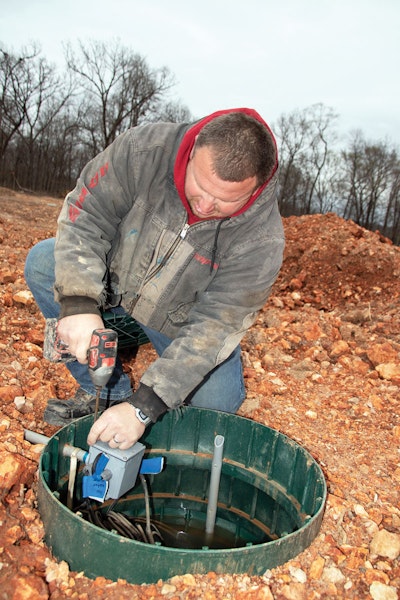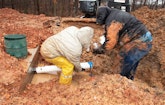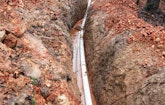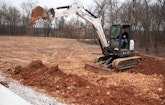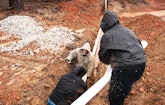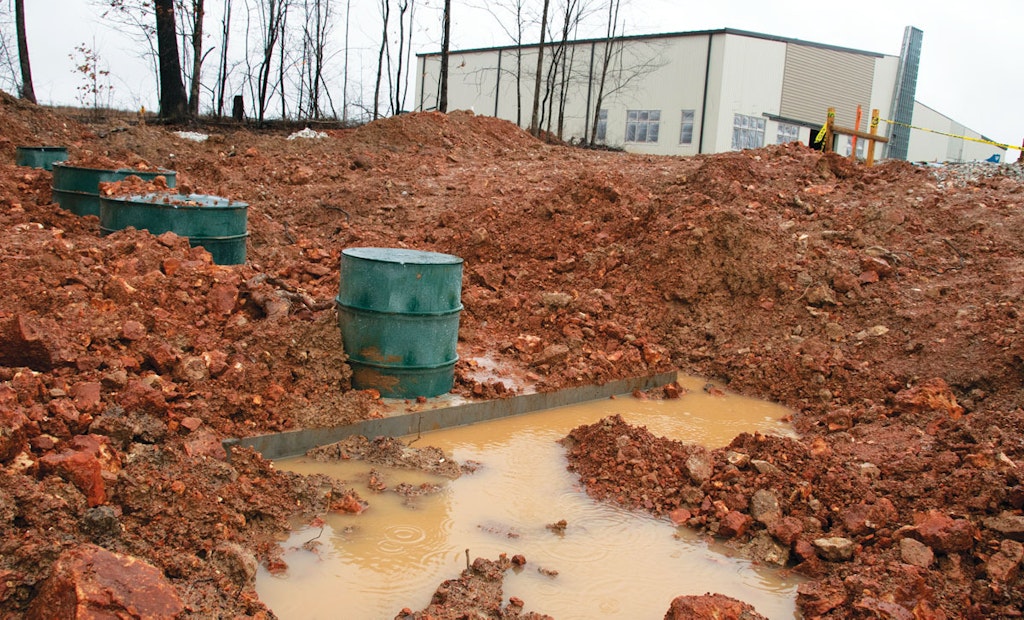
Tanks and drainfield for the NewLife Christian Church in Gravette, Arkansas, were placed about 150 feet from the church building. From the church the site was naturally lower, so pipes automatically had a good pitch. (Photos courtesy BBB Septic and Portable Toilets)
When NewLife Christian Church built a second campus in Gravette, Arkansas, it needed a wastewater system to serve the congregation.
The church, its website explains, had reached a physical limit at its campus in Bella Vista, Arkansas. That building is in a suburban area, was...
